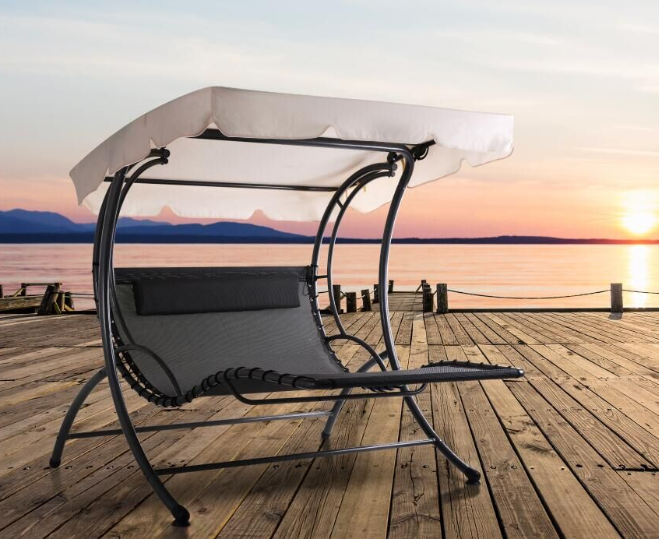One: EB coating curing is an energy-curing principle. It is an advanced technology for material surface processing that emerged in the middle of the 20th century. It uses electron beams to initiate liquid chemical materials (paints, inks, or adhesives) that have radiation chemical activity and rapidly polymerize and crosslink. In order to achieve a new process of curing.
First, high-energy electrons interact with coating molecules to decompose them into free radicals;
Then, the free radical reacts with the C=C double bond to form a growing chain;
Finally, the growth chain reacts with the rest of the coating to make the coating crosslink.
Second: EB curing has unique advantages compared to traditional curing technology
The curing time of the first EB coating is very short, and it usually takes only 1/10 second to completely dry the surface of the substrate. For the conventional thermosetting coating, the drying time may take several minutes or even several days to completely dry. Energy-cured coating products have high production efficiency and short delivery times. At present, the speed of foreign EB curing lines has exceeded 300m/min (Douglas-Hanson).
The second area is small, and the EB equipment in the coating curing production line occupies only 4.3m, and the original heat-curing production line occupies 91.4m.
The third cold cure, without system thermal inertia, EB equipment output power can follow the changes in the speed of the production line, easy to operate, easy to control, with high accuracy and repeatability.
The fourth EB cure cures the coating 100%.
Fifth, the coating cured by energy, because the chemical substances in the coating formed a polymer three-dimensional network polymer through cross-linking reaction, so the surface has a strong chemical resistance, friction resistance and weather resistance.
The solid content of the sixth EB coating is close to 100% after solidification, and it does not contain VOC (organic volatiles). Compared with the ordinary coating system, it has no environmental pollution and is more environmentally friendly.
The seventh EB curing solvent-free volatilization, uniform film curing, smooth surface, under the premise of meeting the main performance, than the thermal curing coating has better performance and appearance.
Eighth, low energy consumption, EB curing energy consumption is about 1% of the traditional thermal curing.
III: Comparison of total energy consumption between electron beam cured coatings and solvent cured coatings and comparison of CO2 emission reduction
System Solvent Type Electron Beam Curing Material
Coating solids content 60% 100%
Solid coating weight (g/m2) 20g 20g
VOCs/m2 (g) (Solvent of density 0.9) 12g None
Strong wind system total energy consumption (kJ/m2)
(Calculate the energy consumption of curing is 27.3kJ/g) 328kJ No
Electron beam curing total energy consumption (kJ/m2)
(30kGy or 0.030kJ/g, electron beam energy conversion rate 70%) None 0.86kJ
Total energy consumption per hour (11,200 m2 per hour) ~ 3,700,000 kJ to 9,600 kJ
Total energy consumption per hour 1030kWh 2.67kWh
Solvent combustion CO2 emissions 37g/m2
Total CO2 emissions of the device 415.8kg/h None
Plate width 1500mm, running speed 125m/min, coating thickness 20umm, output 11,250m2/h
At a voltage of 105 keV, the current is 10 mA.
The measured results of adhesion, flexibility, impact resistance, bending resistance, aging resistance, and corrosion resistance are in full compliance with the test results.
ASTM D-3359, ASTM B-117, ASTM D-3363, ASTM D-3363, ASTM D-2794,
ASTM D-522, ASTM D-4145 standard.
Four: The production process is compared as follows (the red part welcomes everyone's comparison)
Thermal curing process
Uncoiler → Sewing Machine → Press Roller → Tensioner → Uncoiler → Alkaline Degreasing Grease → Cleaning → Drying → Passivation → Drying → Priming → Primal Drying → Topcoat Finishing → Topcoat Drying → Air-cooling cooling → winding looper → winder → (packaged in the next roll)
EB curing process
Uncoiler → Sewing Machine → Press Roller → Tension Machine → Uncoiler → Alkaline Elution Grease → Cleaning → Drying → Passivation → Drying → Priming → Initial EB Curing → Topcoat Finish → Topcoat EB Curing → Air-cooled (water-cooled) cooling (can be considered canceled) → Winder → Winder → (packaged in the next roll)
V: Foreign EB curing applications:
In the early 1970s, Ford Motor Company of the United States applied EB curing technology to automotive parts and instrument coatings for the first time, which created a precedent for the application of EB curing technology in industrial production. During the same period, Album used EB-cured inks and coatings on packaging materials.
Subsequently, it developed rapidly in regions and countries with advanced industrial development and strong environmental awareness in Europe, North America and Japan. According to statistics, in 2005, there were 800 EB curing lines owned by countries in the world, including more than 400 (55%) in the United States, 300 in Japan (including scientific research and development) (38%), and 50-60 in Europe (7%). .
Safety is the most important point of outdoor swing and hanging chair, During the process of design, Sevenze`s swing sets has fully considered the perfect match of function and safety, selected elaborately and checked strictly each accessory. Our swing beds have experienced many physical tests to guarantee the safety, with easy assembly, fashionable outward and comfort use.

Swing Chair,Outdoor Swing,Metal Swing Sets,Rocking Chair
SEVENZE INDUSTRAL CO.,LIMITED , http://www.sevenze.com